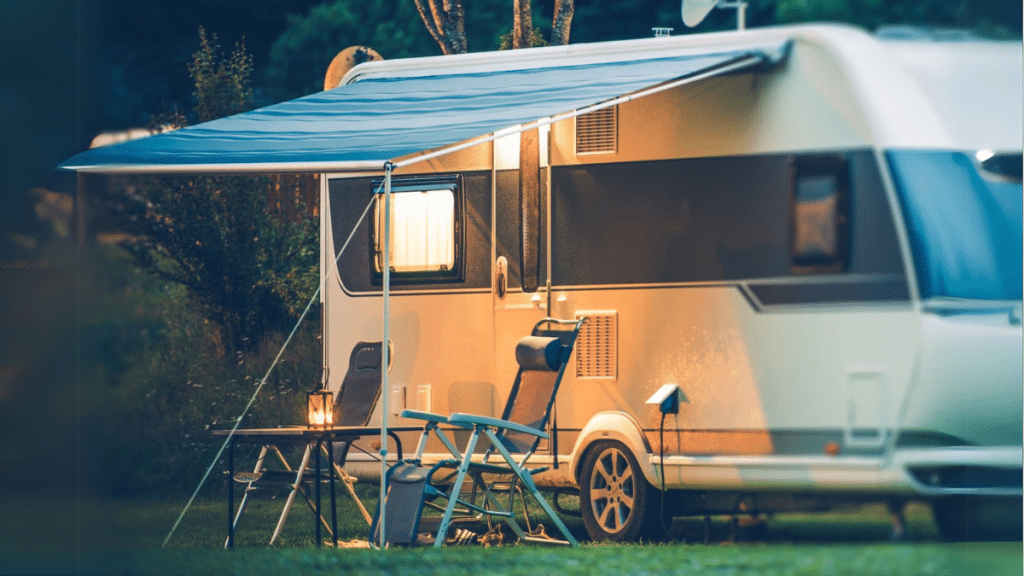An awning is an essential part of any RV, providing shade, protection, and a comfortable outdoor space. Over time, wear and tear can lead to the need for a new one. Choosing the right option ensures durability and ease of use. When considering an RV awning replacement, understanding different styles, materials, and installation methods helps in making an informed decision.
Types of RV Awnings
Selecting the right type of awning depends on how and where the RV is used. Each style offers unique benefits that cater to different travel needs.
Retractable Awnings
A popular choice for many RV owners, retractable awnings provide flexibility by extending when needed and rolling up for storage. They are available in both manual and motorized versions, with the latter offering added convenience.
Fixed Awnings
These provide permanent shade and protection, making them ideal for long-term camping setups. Since they remain extended at all times, they work best in stable weather conditions.
Slide-Out Awnings
Designed to protect the slide-out section of an RV, these prevent debris, water, and dirt from accumulating on the slide-out roof. They help extend the life of the slide-out mechanism.
Window and Door Awnings
Smaller awnings positioned over windows and doors provide additional shade, reducing interior heat and protecting against rain. They enhance comfort, particularly in warm climates.
Choosing the Right Material
Awning materials determine durability, maintenance requirements, and performance in different weather conditions. The two most common options are vinyl and acrylic.
Vinyl Awnings
Vinyl is waterproof and resistant to mold and mildew, making it a great choice for areas with frequent rain. However, it can become brittle over time with prolonged sun exposure.
Acrylic Awnings
Acrylic fabrics are breathable and dry quickly, reducing the risk of mildew growth. While they are not completely waterproof, they provide excellent protection against sun and light rain, making them ideal for warm and dry climates.
Factors to Consider When Replacing an Awning
A few key factors influence the selection process, ensuring that the new awning meets both functional and aesthetic needs.
Ease of Installation
Some awnings require professional installation, while others can be set up with basic tools. Checking compatibility with the existing awning hardware simplifies the process.
Size and Coverage
Choosing an awning that fits the RV’s dimensions ensures maximum coverage. Measuring the available space before purchasing helps avoid installation issues.
Weather Resistance
If the RV is frequently used in windy or rainy conditions, reinforced frames and weather-resistant materials enhance longevity. Motorized models with wind sensors provide additional protection.
Maintenance Requirements
Different materials and styles have varying upkeep needs. Vinyl requires occasional cleaning to prevent mildew, while acrylic benefits from regular brushing to remove dust and debris.
Enhancing the RV Experience with the Right Awning
A well-chosen awning adds comfort and functionality to any RV setup. By selecting the right type, material, and features, RV owners can create a more enjoyable outdoor space that suits their travel lifestyle. With proper maintenance and care, the awning will provide years of reliable service, making every trip more relaxing and enjoyable.
